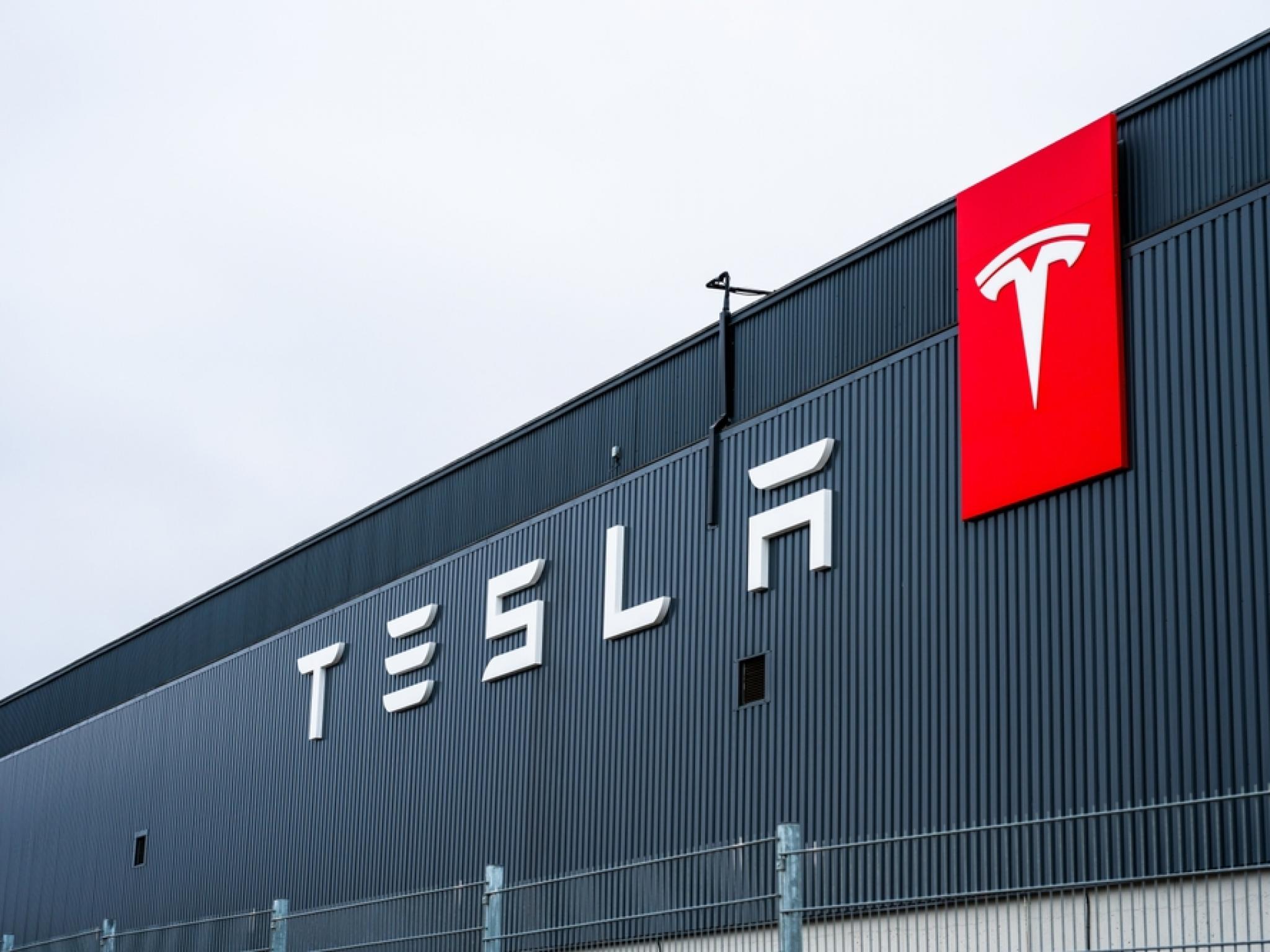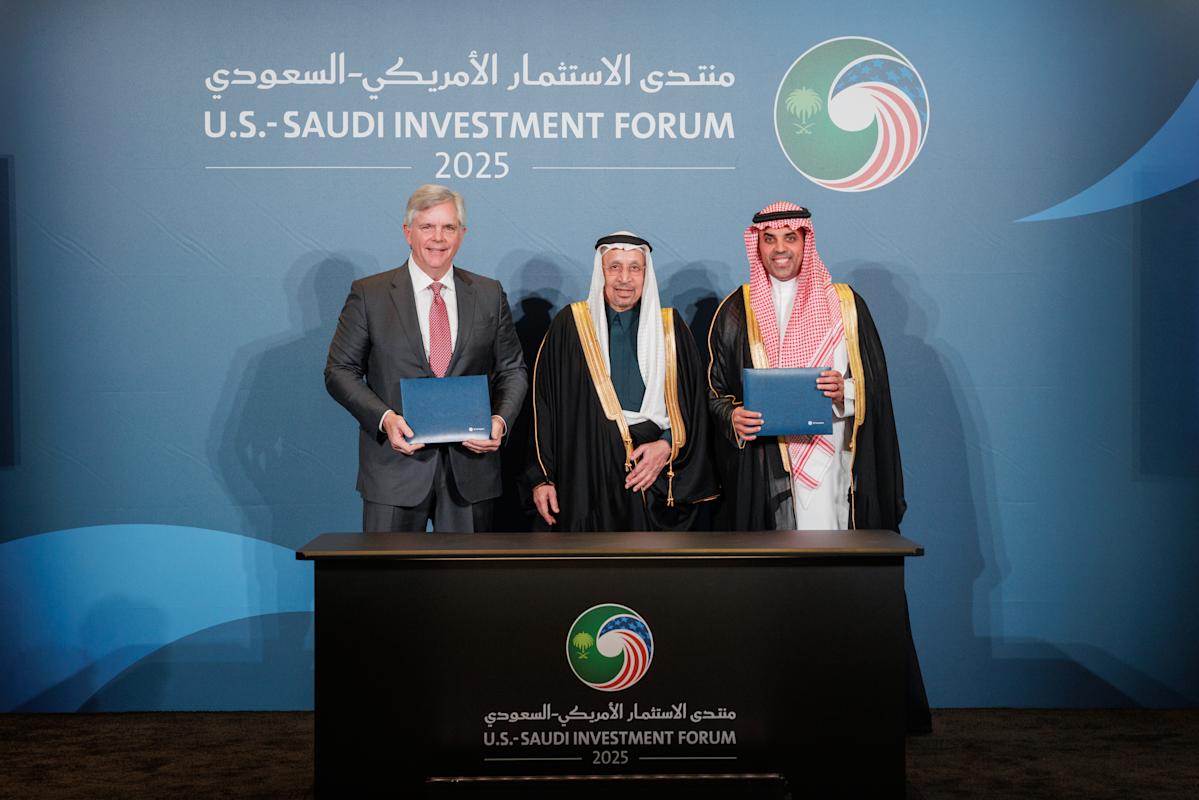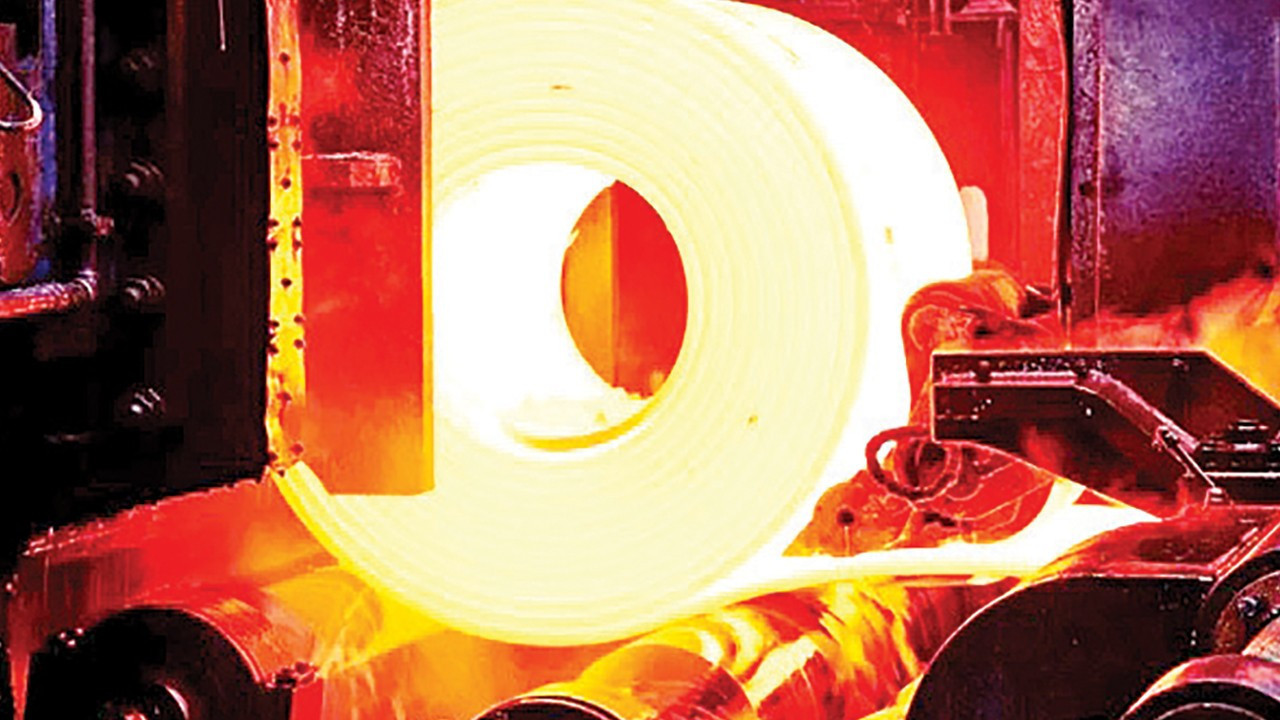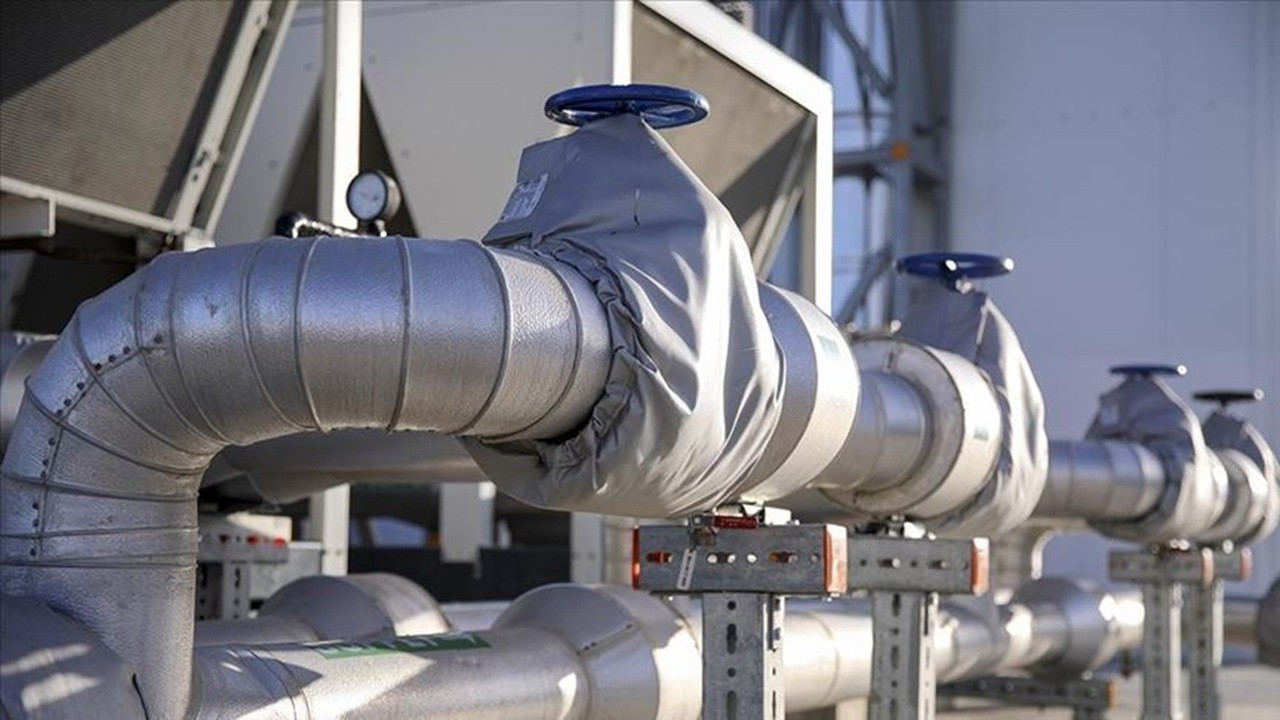
Artificial Intelligence Race Revitalizes the Chinese Energy Sector


The process of developing artificial intelligence is prompting governments and tech giants to build new power plants and upgrade old grid infrastructure. Analysts suggest that this situation creates significant opportunities for Chinese energy equipment companies.
Chinese firms are benefiting from a surge in orders in the United States. This surge was triggered by U.S. President Donald Trump's encouragement for tech leaders like Meta and SoftBank to invest in AI infrastructure. Pierre Lau Hin-tat, head of Asia utilities and clean energy research at Citigroup Global Markets, stated, "Due to geopolitical tensions, the U.S. is sourcing products from Japan and South Korea instead of China. Currently, the business volume of Japanese and Korean firms has increased to up to three years, so emerging markets are turning towards domestic suppliers,".
Lau also argued that the rise cycle for Chinese suppliers will continue as long as Trump is in office. The U.S. may face a 20% power shortfall from data centers by 2028.
China exported $7.3 billion worth of transformers and $4.3 billion worth of high-voltage gas-insulated switches (GIS) in the first ten months of 2023. These figures represent increases of 37.8% and 28.5%, respectively, compared to the previous year. The overall export growth was 5.3%.
Transformers are critical components for efficiently transmitting electricity remotely, while GIS offer safer solutions in the management of electricity, supporting the integration of variable power from wind and solar energy sources.
For example, thanks to strong overseas demand, Sieyuan Electric increased its revenue by 33% in the first nine months of 2023, while its net profit rose by 47%. The company’s exports outperformed its domestic sales in the first half of 2023.
In future assessments, JPMorgan Chase noted that leading Chinese energy equipment manufacturers, along with their peers in Asia, could continue to grow over an extended cycle in developed markets. Predictions from Morgan Stanley indicate that the energy shortfall resulting from data centers in the U.S. could reach as high as 20%.
Additionally, transformers in the U.S. are an average of 38 years old, leading to an urgent need for renewal. A report from Citi indicated that emerging markets would also present growth opportunities.
In Latin America, the digital infrastructure market is expected to reach $12.4 billion by 2027, while Barclays predicts that annual foreign direct investments in Asia-Pacific data centers will rise from $35 billion in 2024 to $62 billion by 2030. More than 60% of China energy equipment manufacturers' sales have come from Asia, Africa, Latin America, and the Middle East in the first four months of the year.
Chinese energy grid equipment manufacturers are supported by large projects in emerging markets. The China State Grid Corporation announced a tender worth 3 billion yuan (approximately $422 million) for two direct current converter station projects in Saudi Arabia in April 2024. In the same month, the state-backed energy giant signed a franchise agreement to invest $3.6 billion to build an ultra-high voltage direct current transmission line in northeastern Brazil.
Lau noted that Chinese energy grid suppliers receive orders 12 to 18 months ahead, while their Japanese and Korean counterparts can see that period extend to three years. However, he warned that payment processes from some emerging countries may slow, potentially impacting cash flows. In the long term, JPMorgan forecasts that the earnings outlook for Asian energy equipment companies will continue at least until the end of this decade and emphasizes that electricity production will remain a critical bottleneck for data center growth.
.png)
Yakında Tüm Platformlarda
Sizlere kesintisiz haber ve analizi en hızlı şekilde ulaştırmak için. Yakında tüm platformlarda...








.png)